As the winter fires in California rage, folks are mainly using social media to come together. Some are using it to separate and push communities apart.
Like so many Canadians, , I am checking up on folks near the fire affected areas; and those in the fire areas are checking in with family and friends across the globe to let them know if they are safe or not. Peoples’ worry is excruciating. My sis lives near L.A. and has been texting daily to confirm the area where she lives in is still safe; and filling me in on people we both know. The extraordinary photo above is from her friend and colleague Hal Fairchild. As I was reading Substack this morning, I felt a Kaleidoscope of perspectives and points of view — journalistic, first person, imagistic, empathetic, explanatory. I suspect many others both within and outside the affected areas were turning to Substack and other news and social media sources to make sense of events.
I’ll link here a few of the items that most affected me this morning, and invite you to place any items that affected you in comments; or to give voice directly in comments to how you are feeling and what you are thinking.
I’ll also list a few general information links that people may find useful at the bottom of this post. In the next few days I’ll pull together a bit more science and history around Forest Fires, Climate Change, Energy Systems to provide context and more tools for being informed. But right now it is time to feel, pray, reach out, connect and support loved ones.
SUBSTACK POSTS THAT HIT ME
This was the first post I read this morning. Then I listened to the audio version twice. Informative, funny and outraged by turns; countering misinformation with facts and logic. This is my favorite morning coffee news (with swearing).
The empathy and bravery in this short clip …!
wryly complemented by the political humour of this editorial cartoon conveying its more serious message on friendships across nation in times of need.
This “DIY” community alert system struck me as useful. I have not tried it out yet. But in cases like Wildfire, getting the word out speedily is critical.
This post from Peter Himmelman focussed me on the excruciating choices people were having to make. He had to quickly depart to get to safety, leaving much behind. Yet he found time to write this helpful post.
These words of his really struck me:
“Today, in the home of our good friends, watching towers of dark smoke race through the sky with 100-mile-an-hour winds, like devilish, bone-dry thunderclouds, I cannot help but be humbled. I ask myself, “Is this a good day?” Yes. It is a horrible day—a terrible, dark, grim, and dire day. So many people are suffering, with homes and lives lost, with dreams shattered and plans torn apart. But then I remember: it is also a day. A span of life itself.”
The first section of this post emphasized the rapidity of the fire’s movement; many folks barely having time to abandon their vehicles.
This post rippled out from the immediate fire itself to community context of budget cuts and insurance cancellations that left many folks vulnerable to the fire and its economic consequences.
This post from Niccolò Hilgendorf was another first person account of the “out of the frying pan and into the fire” variety about escaping the same fire twice. Again, amazed he found time to write about and share the experience.
This note’s words and image again highlighted the bravery of firefighters who run into the danger others are desperately escaping from.
This Krassencast did an excellent job throwing buckets of cold water on misinformation about the wildfire as misinformation memes were spreading like wildfire.
Finally, reportage and first person experience came together in Ben Meiselas post of his own experiences in the fire, his worries about his home, and his outrage about the misinformation being promulgated.
Ben’s post really got me thinking about the lack of empathy in folks knowingly spreading misinformation. “The Fog of War” has a parallel in “The Haze of Wildfire. Events rapidly evolve, situational awareness or lack thereof can save or lose lives. People are terrified for themselves or for loved ones. There will be multiple perspectives and incomplete information for sure. Knowingly spreading or amplifying misinformation in such circumstances is evil.
A FEW RESOURCES
FEMA App
https://www.fema.gov/about/news-multimedia/mobile-products
Genasys.protect
https://protect.genasys.com/
Watch Duty
https://www.watchduty.org
https://www.huffpost.com/entry/watch-duty-wildfire-app-los-angeles_l_67800318e4b09fe8a981fbb1
UC Santiago Virtual Alert Dashboard
https://alertcalifornia.org/technology/
California Fire Hazard Severity Zones
https://osfm.fire.ca.gov/what-we-do/community-wildfire-preparedness-and-mitigation/fire-hazard-severity-zones
FEMA Wildfire Risk
https://hazards.fema.gov/nri/wildfire
USGS FIRE DANGER FORECAST
https://www.usgs.gov/fire-danger-forecast
Canadian Fire Weather Maps (NRC)
https://cwfis.cfs.nrcan.gc.ca/maps/fw?type=fdr&year=2025&month=1&day=10
Power Grid Overviews
https://www.power-grid.com/td/outage-management/california-outages-exceed-425000-as-wildfires-continue-to-blaze/
Fire Science Research Network
https://www.firescience.gov/ords/prd/jf_jfsp/jf_jfsp/r/jfspublic/home
OTHER ONLINE TOOLS
https://lastingadventures.com/blog/monitoring-californias-fires-best-online-resources-of-2020/
PREVIOUS STACK
Thanks for reading Bits & Bytes of Climate Science! If you enjoyed this post, please click ♡ below, and help bits & bytes of climate science reach a wider audience
Subscribe for free to receive new posts and support my work
RESOURCES PAGE
DAILY STACK GUIDE
This guide will provide a suggested reading order for The Daily Stack as it develops as well as list resources we can use to learn together as we confront three shared and intertwined anxieties:


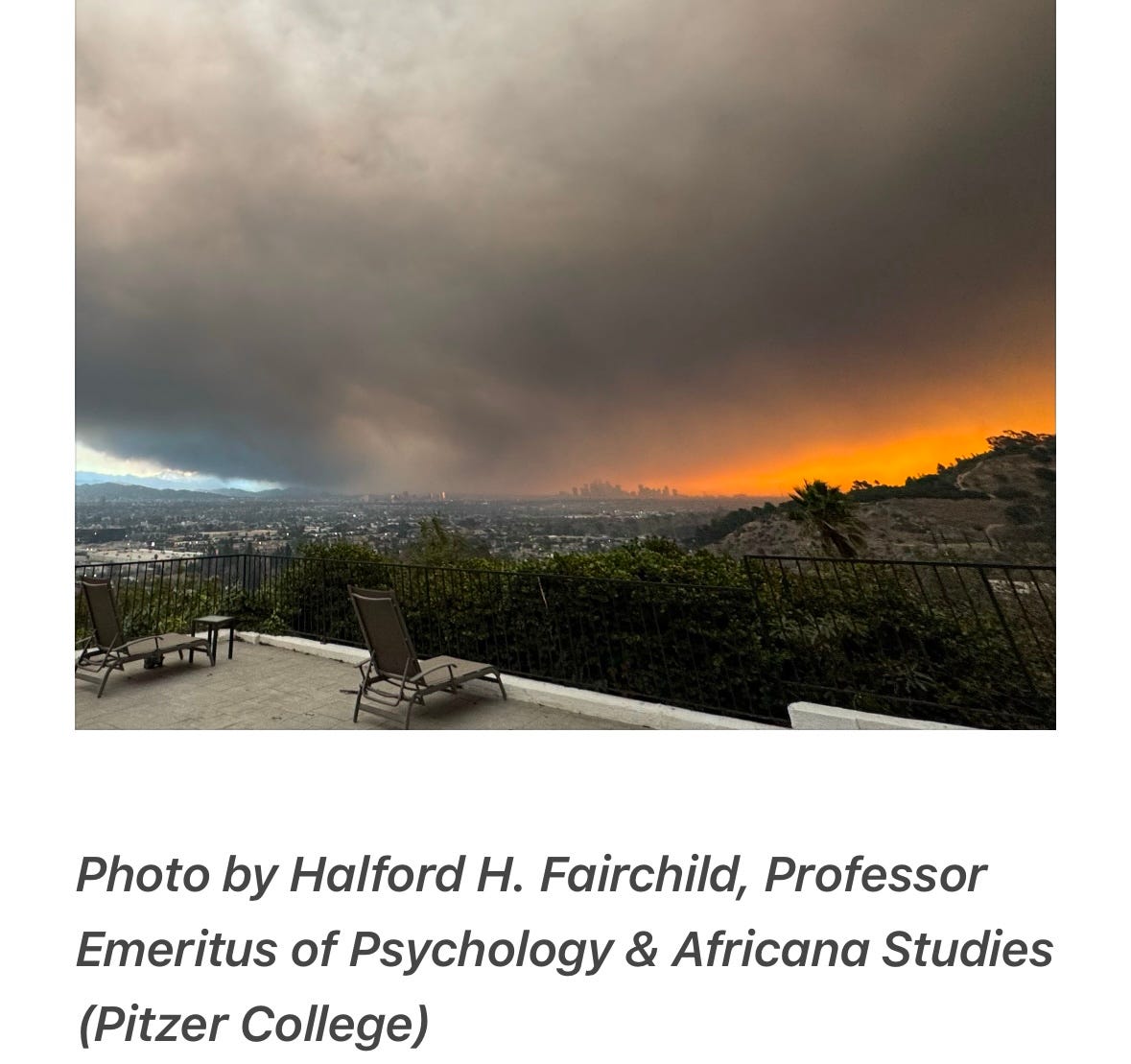









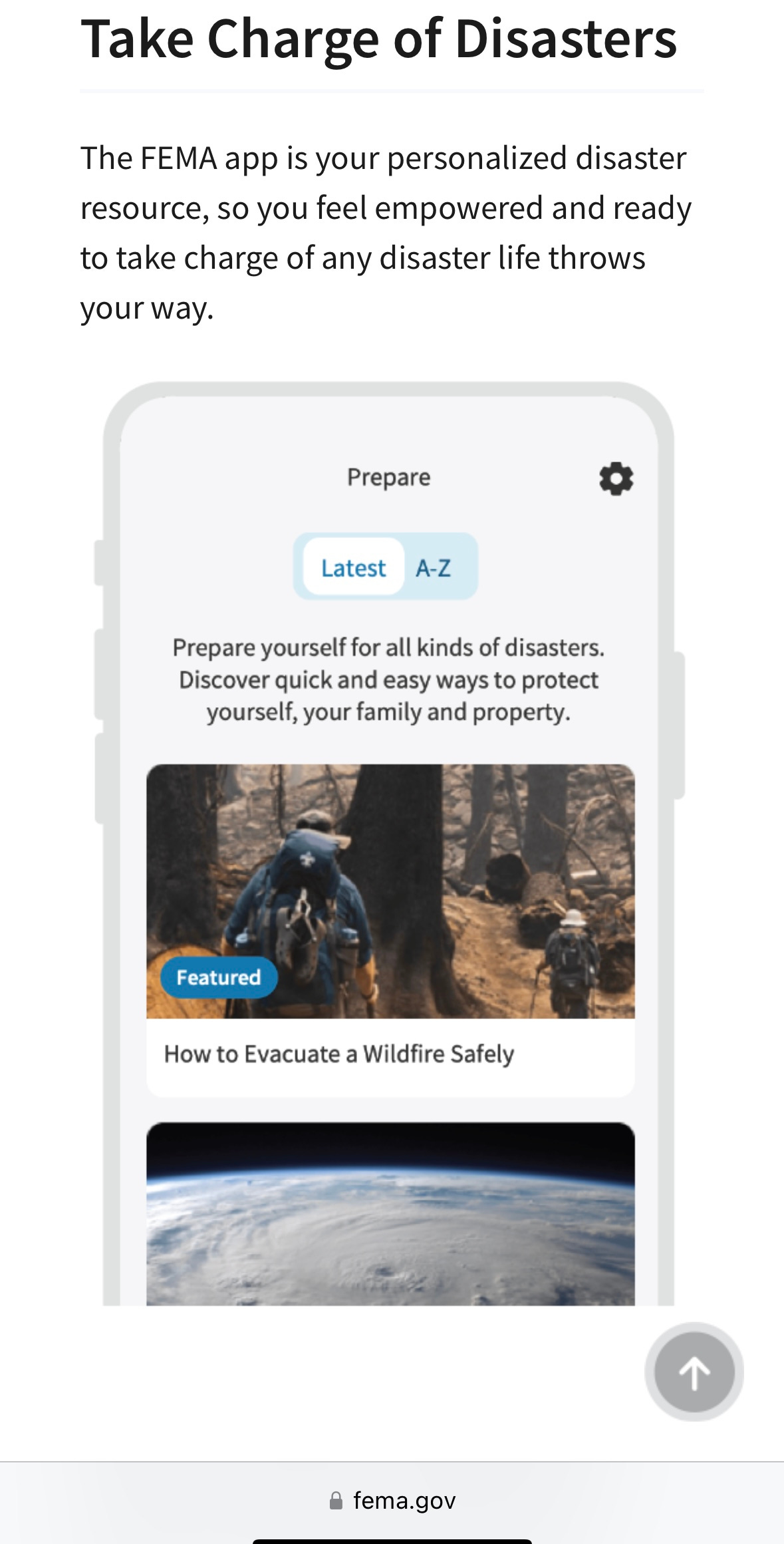
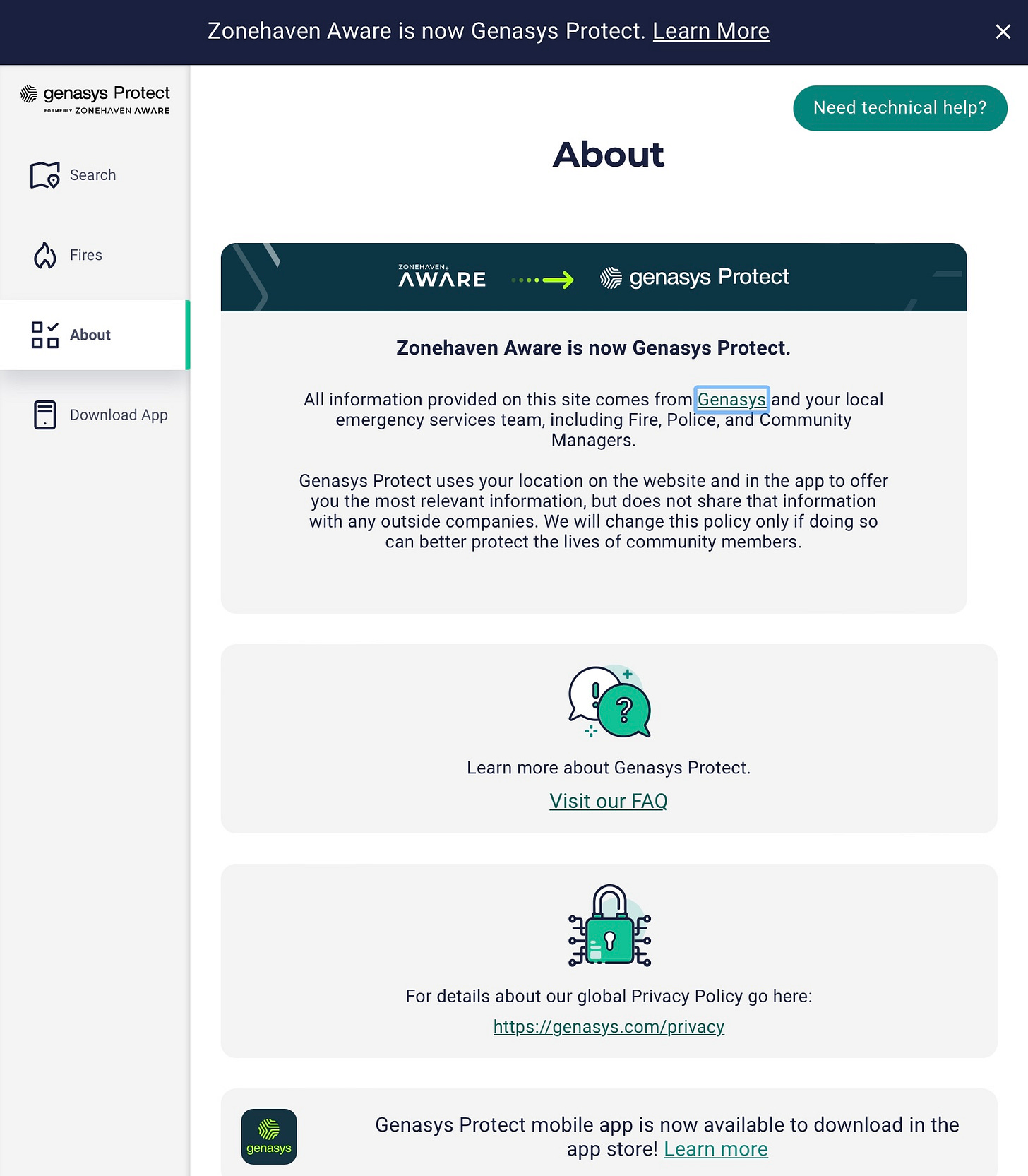
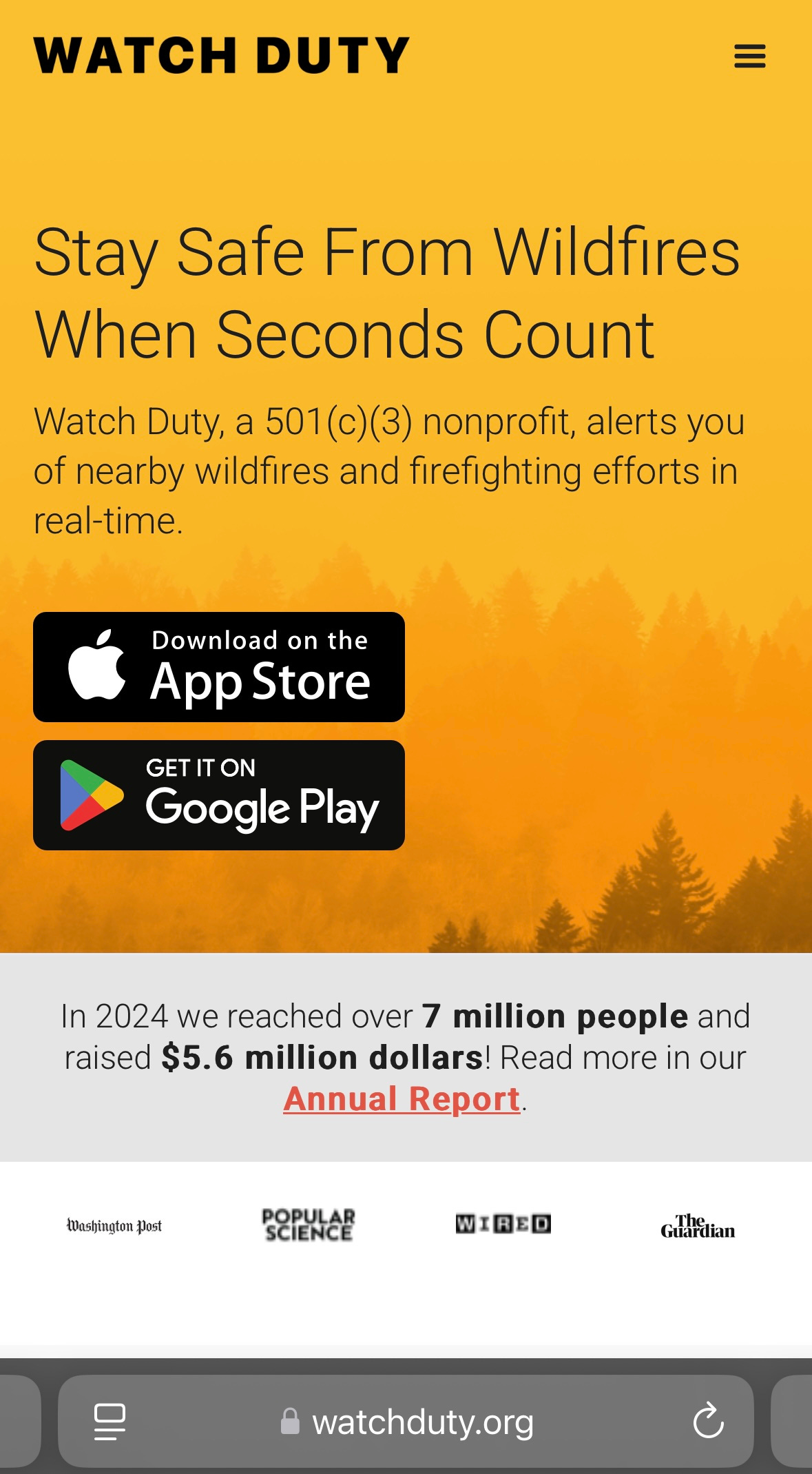
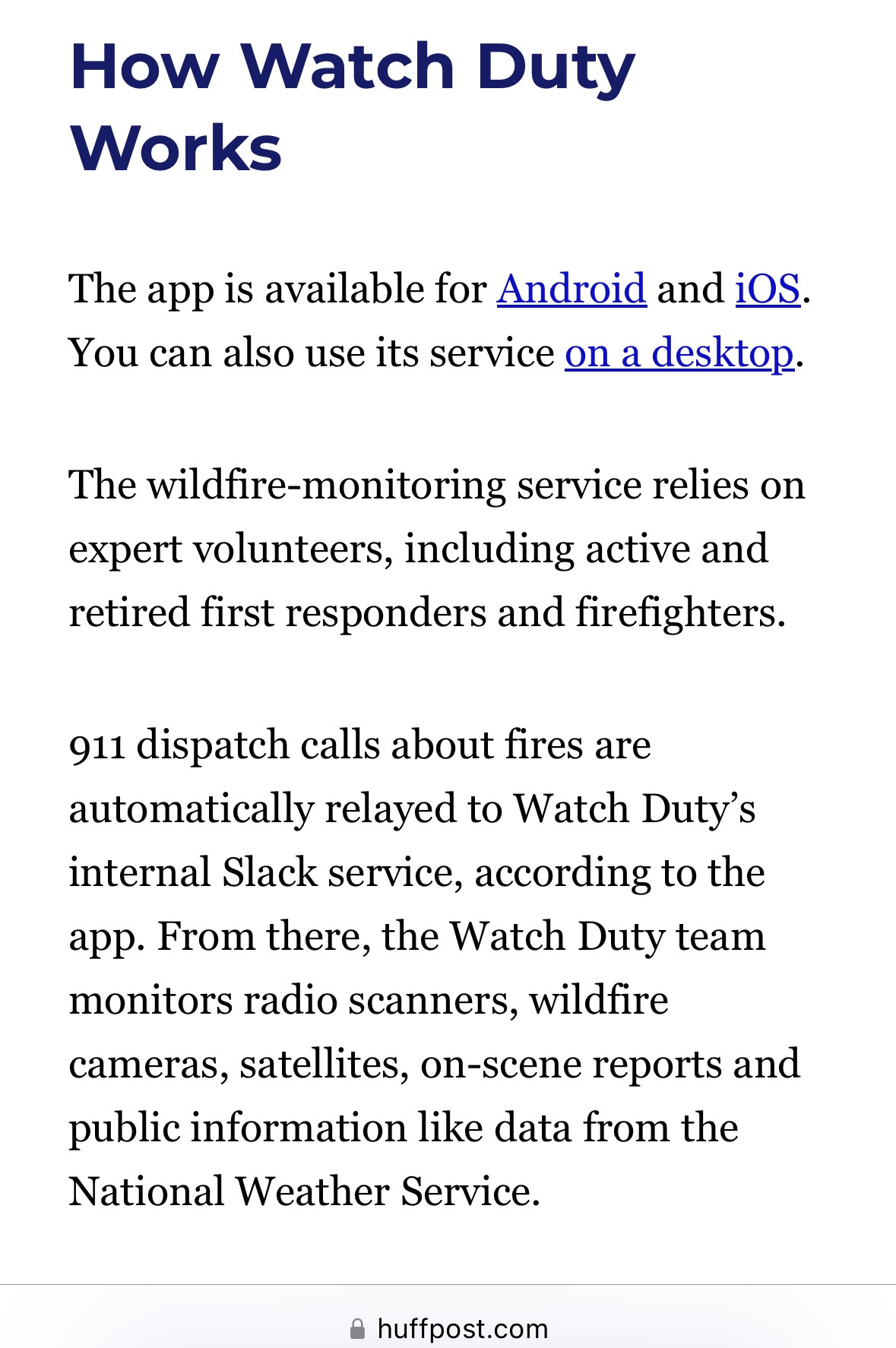
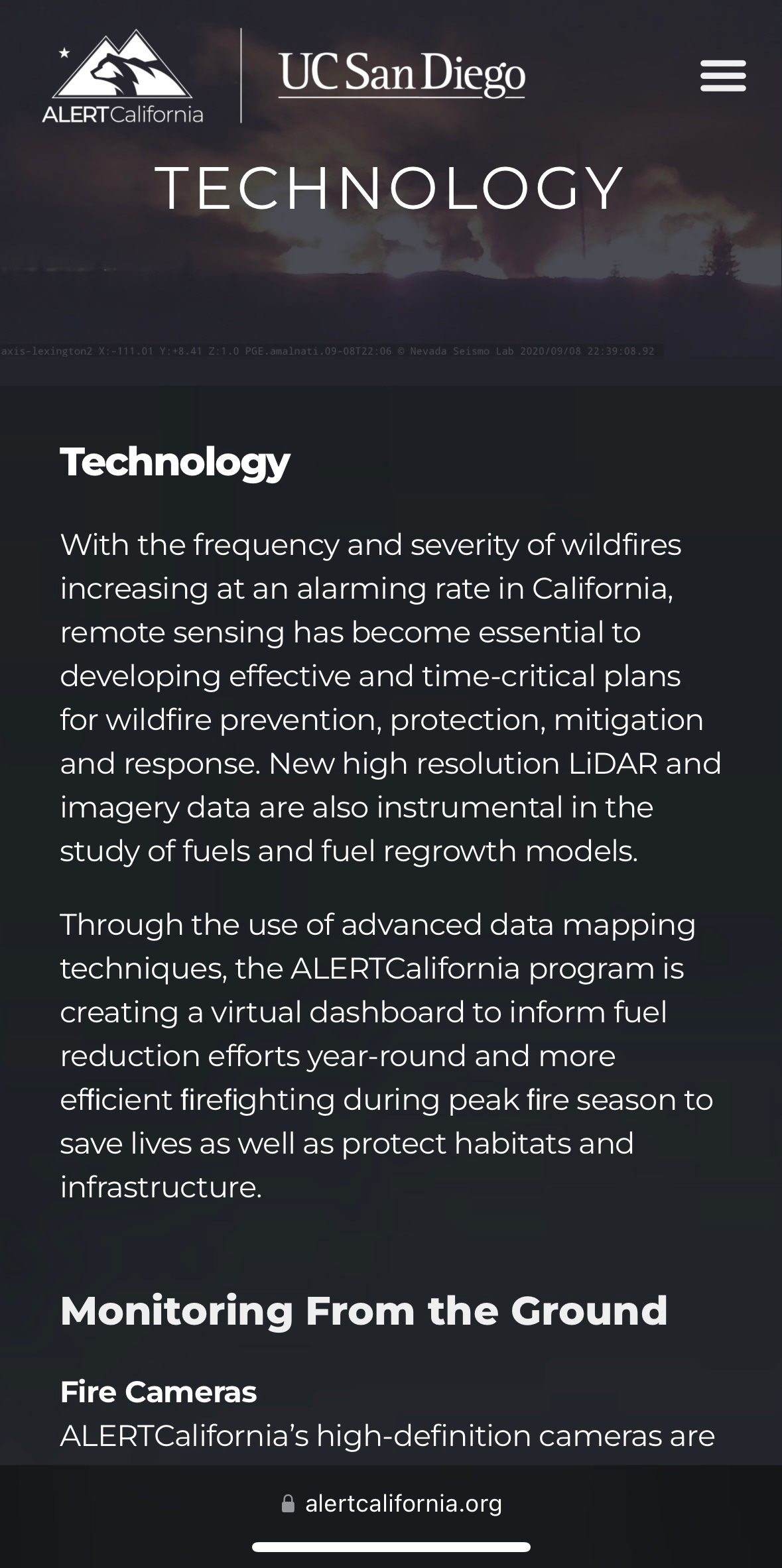


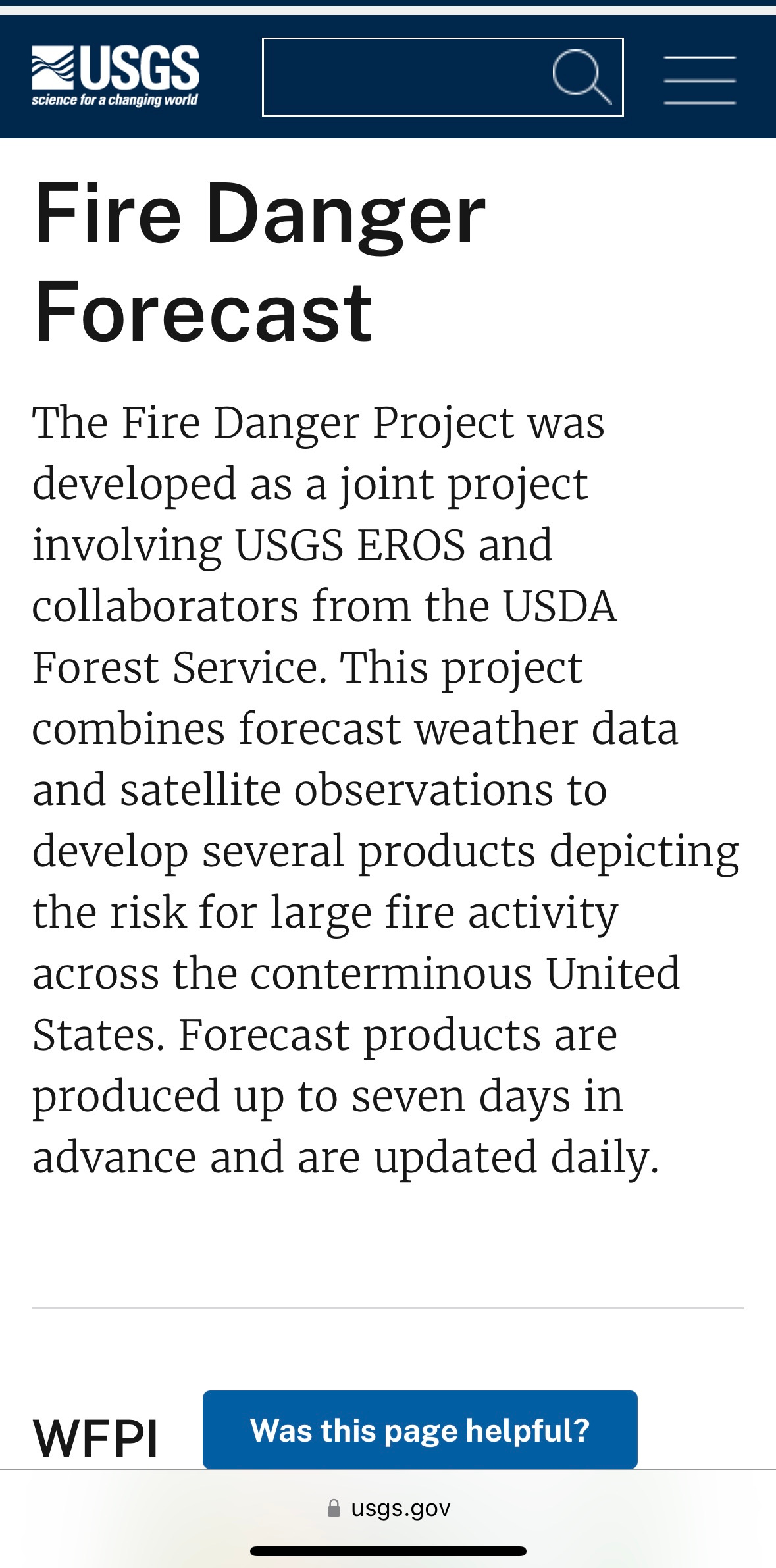
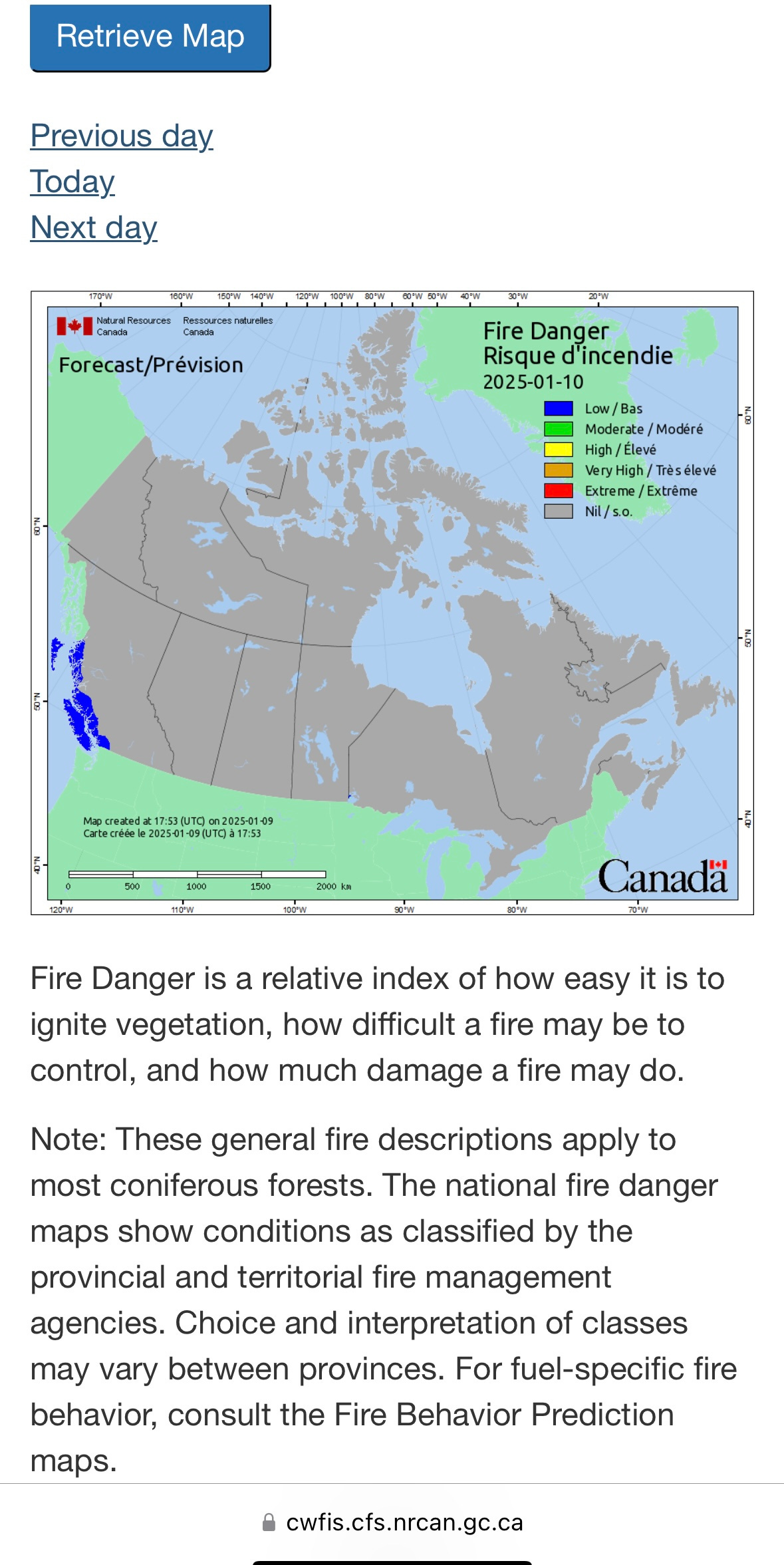
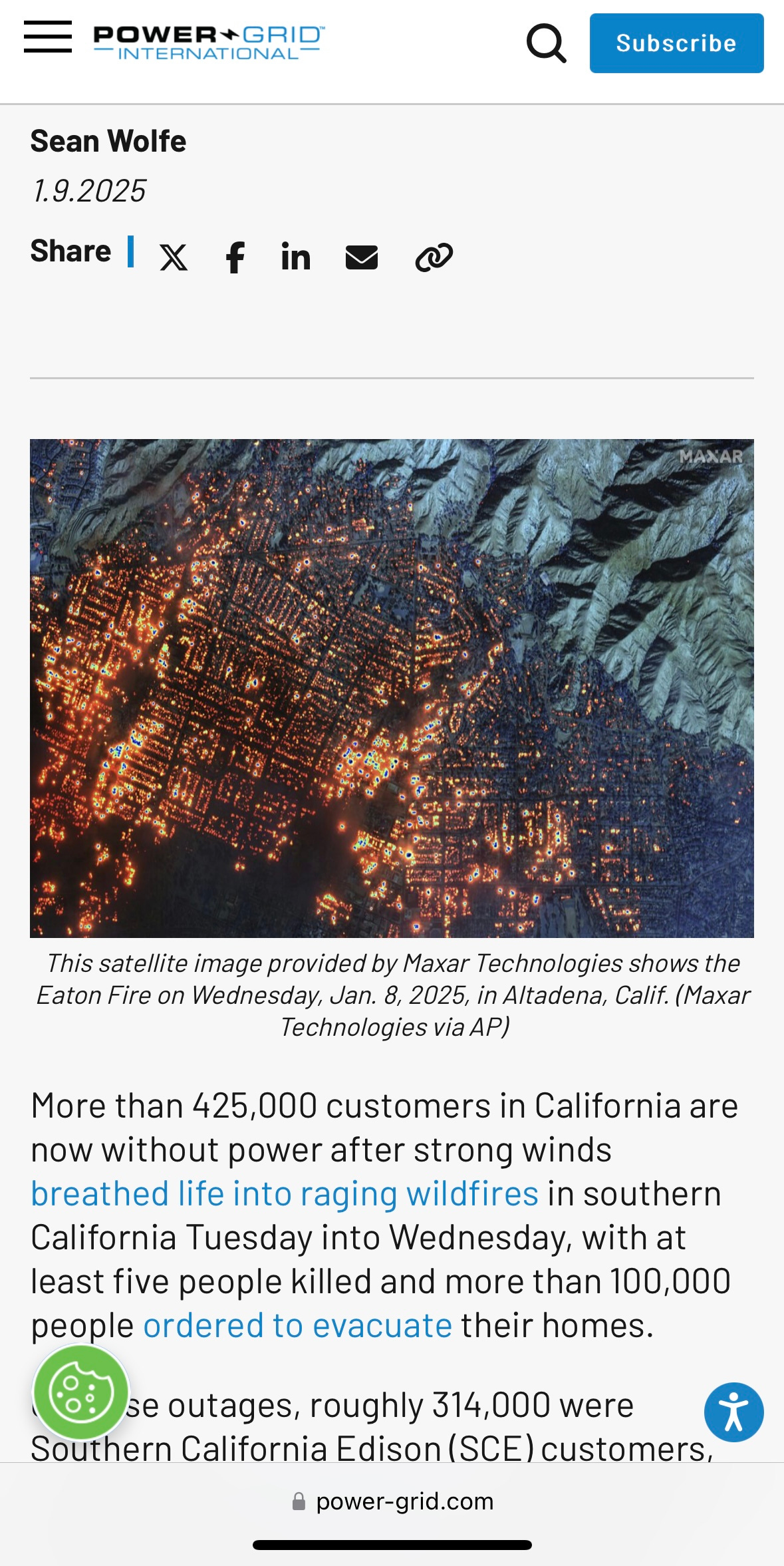
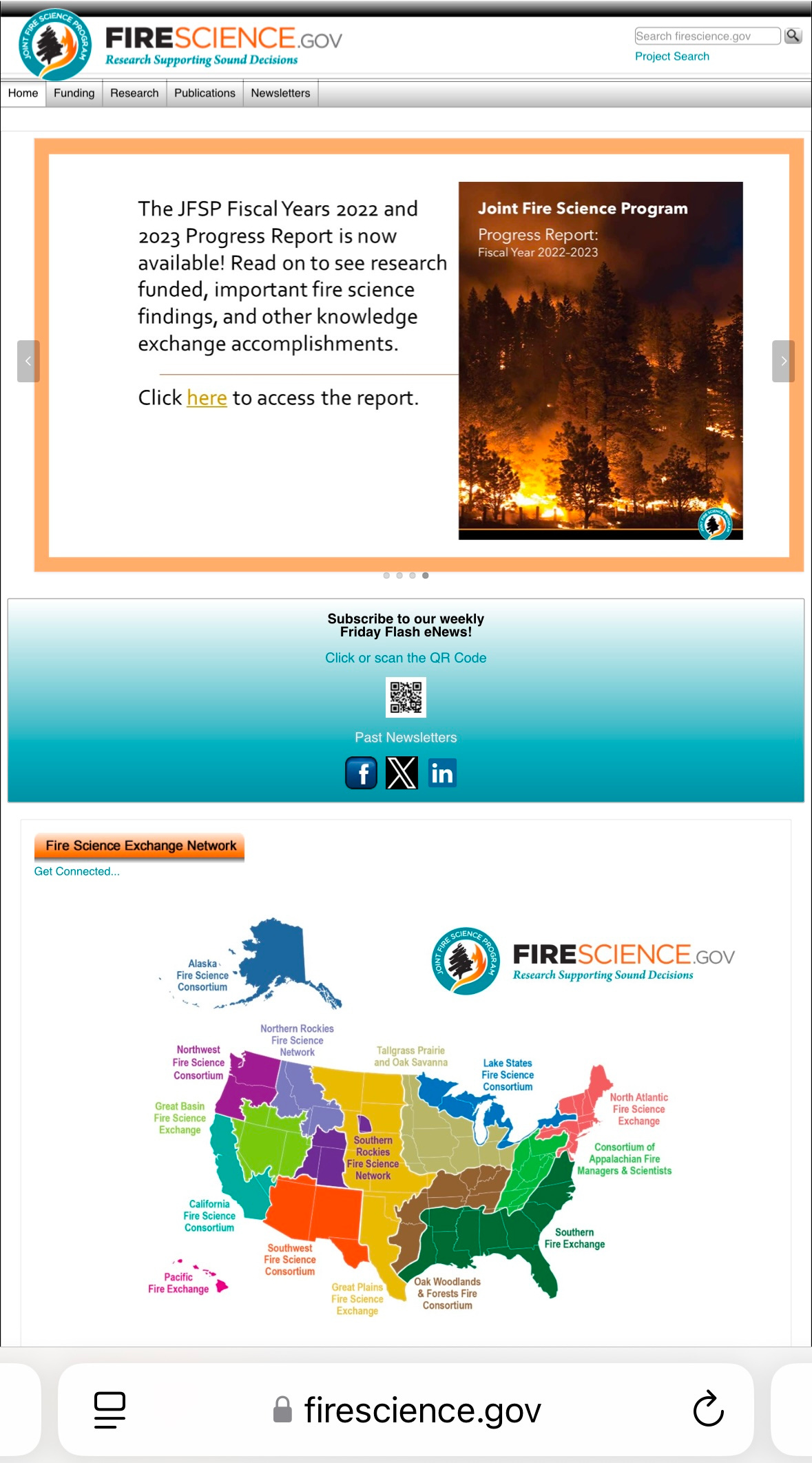


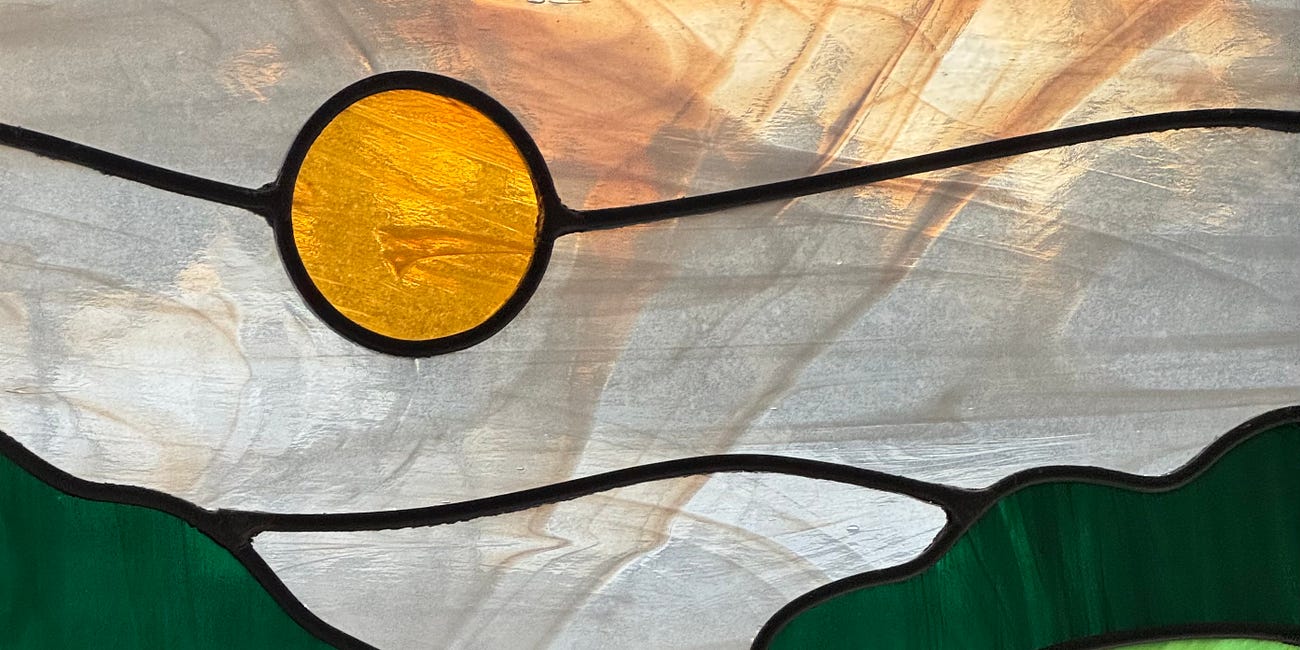
Great read and info! My heart goes to all whose lives have been lost or ruined by this fire. It is like a tsunami but of another element. The MSM in the US has not mentioned how climate change is causing this. That we are causing this. Climate refugees in the US is happening NOW. Insurance companies, key pillars in our financial system, are the canaries in the mine. When you see them leave to protect any profits made, you know things are bad.